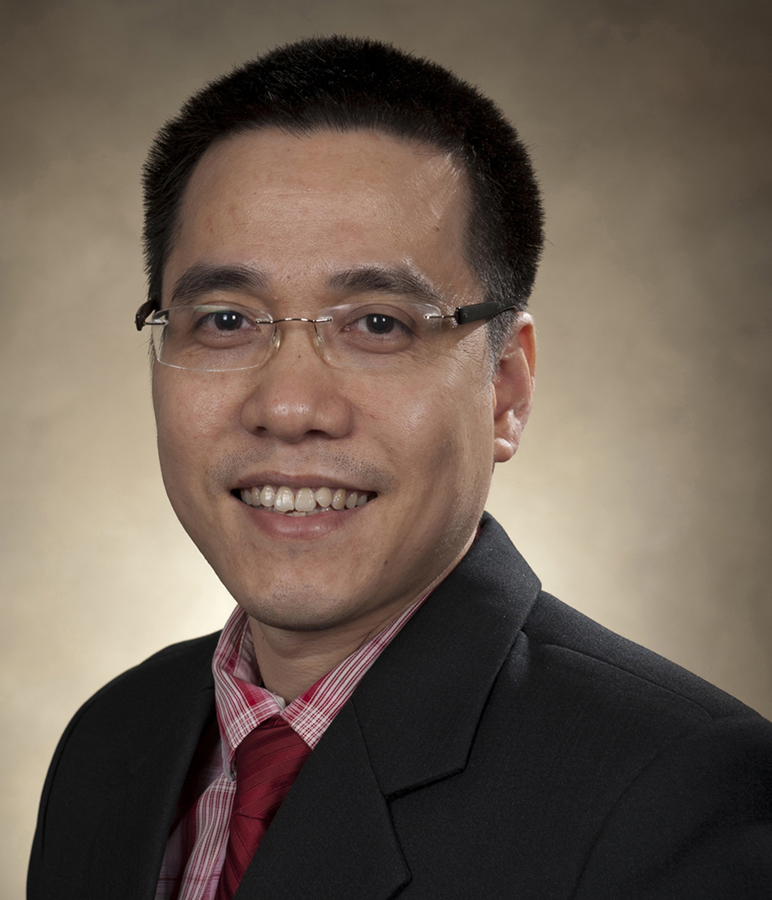



Welcome!
The performance of buildings and infrastructures in a built environemnt when subjected to
natural hazards (earthquakes, hurricanes, tornadoes, etc) directly contributes to the
overarching goal of community resilience. Our research focuses on the developement
of performance-based multi-hazard engineering that enables the built enviroment to be more resilient
and sustainable. This includes the developements of testing programs, coupling structural
reliability theories and non-linear structural dynamics to invent new, green structural systems
that meet pre-specified resiliency and sustainability requirements. We bring state-of-the-art
experiental technologies into our testing programs to archieve more accurate, reliable data
that support and improve our understanding of natural hazard loading as well as the performance of
building and infrustructure.
In grade schools long ago, many people had to build something out of toothpicks or Popsicle sticks—a house, a bridge, a boat. It might have been an art project or a science experiment, but the idea was to make something new out of existing materials. That’s the basic idea behind composite building materials, engineering a combination of materials that result in something better than the constituent parts.... Read more about this story.
About 87% of the country's multifamily construction used wood framing in 2015, according to the U.S. Census Bureau. Builders used steel framing, wood's closest competitor, about 4% of the time, with concrete, concrete insulated forms and other framing methods making up the balance. Therefore, earlier this month, when the city council in Sandy Springs, GA, decided to ban wood construction more than three stories high and larger than 100,000 square feet as of Aug. 16, that curve ball took the industry by surprise, particularly since there has been an uptick in high-rise planning using all wood... Read more about this story.
TUSCALOOSA, Ala. — University of Alabama researchers are leading an effort that could lead to the
construction of taller and sturdier wood-framed buildings in earthquake-prone areas.
Dr. Thang Dao, UA assistant professor of civil, construction and environmental engineering, hopes
to combine two methods of constructing tall-wood buildings to yield a new system that could lead
to wood-framed buildings reaching eight to 12 stories that withstand earthquakes better than current
methods that top out at seven stories...
Read more about this story.
The combination of two proven construction methods could lead to safer wood-frame buildings in earthquake-prone cities.
Two University of Alabama professors, along with a Colorado State University professor, are engaged in research that could
combine the light wood frame system (LiFS) and cross-laminated timber (CLT) to form a self-centering structure that could
better withstand the force of an earthquake.
Thang Dao (assistant professor of civil, construction and environmental engineering), Sriram Aaleti and John van de Lindt
(Colorado State University) are working on National Science Foundation-sponsored research they are hoping will result in
a construction method they are calling CLT-LiFS...
Read more about this story.
University of Alabama (UA) researchers are probing how to build taller wood-framed buildings in earthquake-prone areas to
facilitate denser urban layouts while keeping people safe.
Test structures will be shaken in a giant quake lab to see how they perform.
They’ll combine two existing methods of timber construction in search of a new system that could lead to seismically safe
timber towers reaching 12 storeys, an improvement on current methods that top out at seven storeys...
Read more about this story.